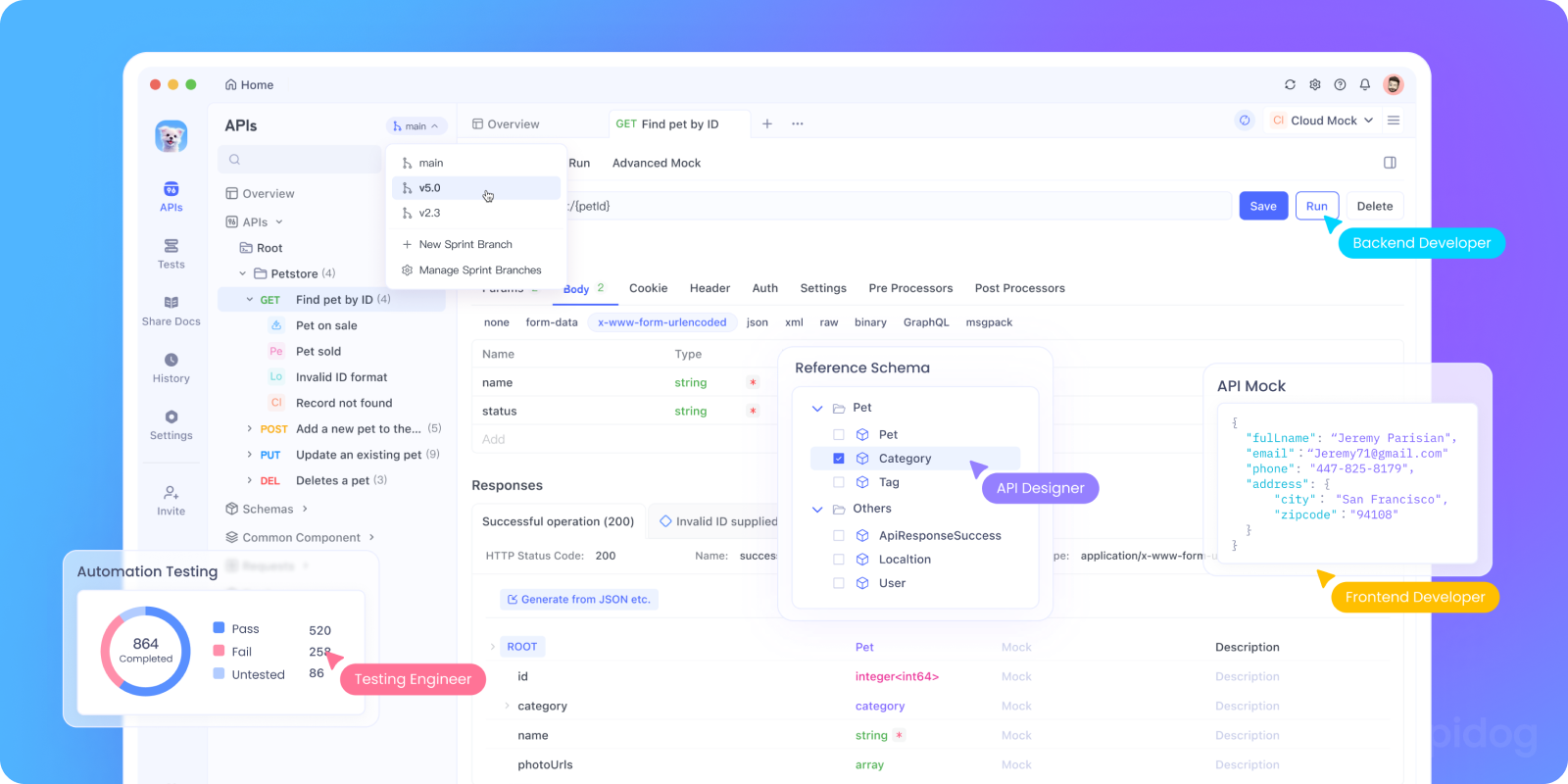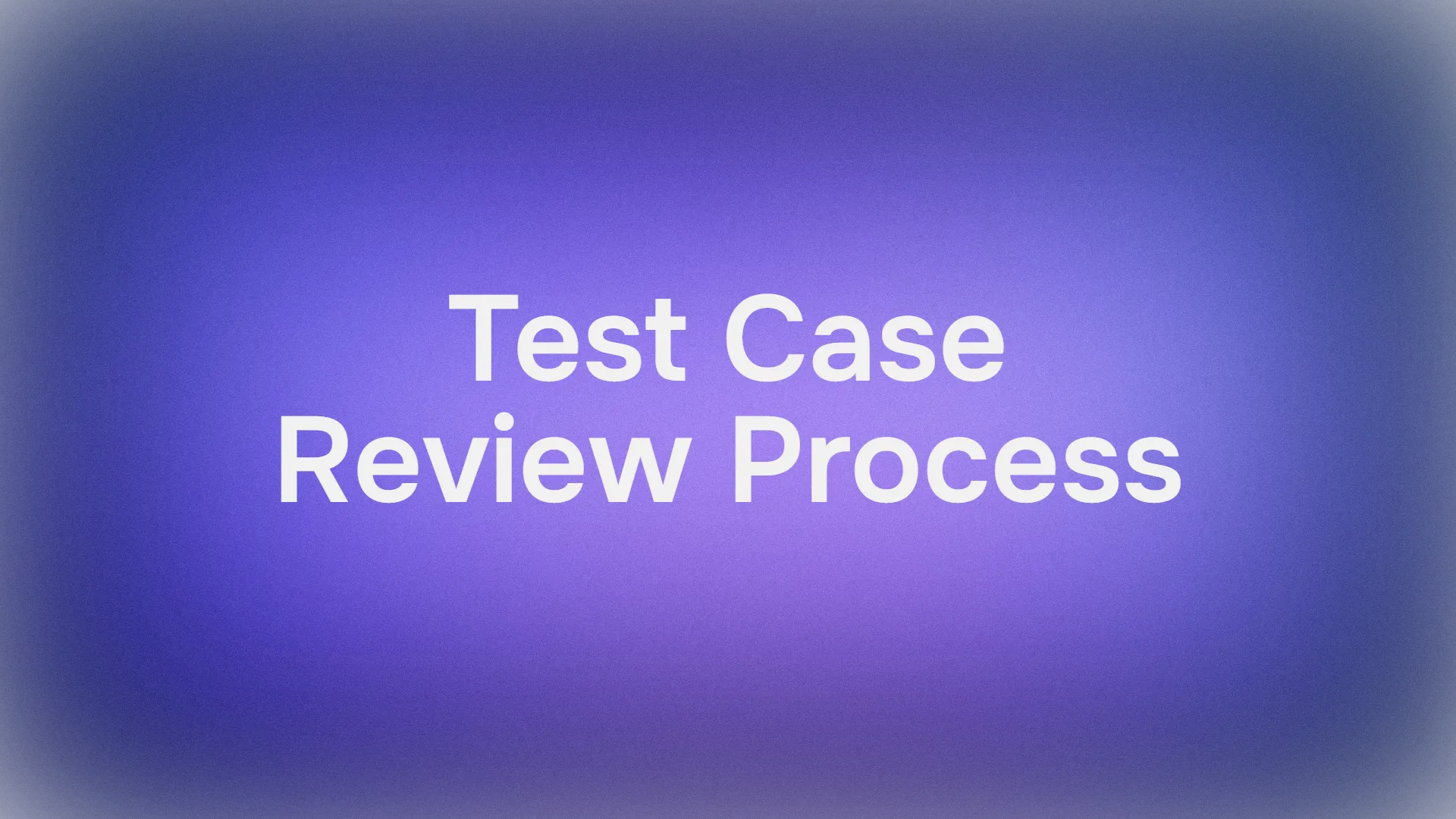You're submitting an important form online, maybe a job application or a purchase order. You click "Submit," and nothing seems to happen. Feeling anxious, you click it again. A moment later, you get two confirmation emails. You've accidentally submitted duplicate requests, and now you might have applied for the same job twice or purchased two identical items.
This frustrating scenario is exactly what the 425 Too Early HTTP status code is designed to prevent. It's one of the newer and more specialized status codes in the HTTP family, specifically created to combat a security vulnerability in modern HTTP/2 and HTTP/3 connections.
Think of it as a digital bouncer checking IDs at the door. The 425 is the bouncer saying, "I see you have a ticket, but I'm still processing the person ahead of you. Please wait for your turn instead of rushing the door again."
If you're a developer working with modern web protocols or concerned about web security, understanding 425 Too Early is becoming increasingly important.
In this blog post, we'll break down exactly what 425 Too Early means, why it happens, and how you can prevent it in your APIs and web services. We’ll even show how tools like Apidog can help you debug and test these scenarios effortlessly.
425.Now, let's explore the fascinating world of replay attacks and the HTTP 425 status code.
The Problem: The HTTP/2 Replay Attack Vulnerability
To understand why 425 was created, we need to understand a fundamental change in how modern web connections work.
From HTTP/1.1 to HTTP/2: A Paradigm Shift
In the old HTTP/1.1 world, each request required a separate TCP connection, or they were sent sequentially over a persistent connection. This naturally prevented certain types of attacks because requests couldn't be easily interleaved or replayed.
HTTP/2 introduced multiplexing the ability to send multiple requests simultaneously over a single connection. This dramatically improved performance but created a new security challenge.
The Replay Attack Scenario
Here's how the vulnerability works:
- A client starts to send a
POSTrequest with sensitive data (like a purchase order) over an HTTP/2 connection. - The request headers are sent, but the body is still transmitting.
- An attacker intercepts the connection and replicates the entire request headers and whatever body data has been sent sending an identical copy to the server.
- The server receives two identical requests and processes both, potentially creating duplicate orders, charges, or actions.
This is particularly dangerous because the client might not even know the duplicate request was sent. The 425 Too Early status code is the server's defense mechanism against this attack.
What Does HTTP 425 Too Early Actually Mean?
The 425 Too Early status code indicates that the server is unwilling to risk processing a request that might be replayed. This happens when the server believes the request might be a duplicate of one that's already in progress, particularly in the context of HTTP/2 connection reuse.
The code is defined in RFC 8470, titled "Using Early Data in HTTP." It's specifically designed to work with a mechanism called HTTP Strict Transport Security (HSTS) and TLS 1.3 early data.
A typical 425 response looks like this:
HTTP/1.1 425 Too EarlyContent-Type: application/json
{
"error": "too_early",
"message": "Request might be replayed. Please retry your request."
}
The key insight is that 425 is not necessarily an error it's a protective measure. The server is saying, "I'm rejecting this request for your own protection because it might be unsafe to process it right now."
In other words, the server thinks it’s too soon to safely handle your request because it hasn’t yet confirmed that it’s secure or valid especially in the context of TLS (Transport Layer Security) handshakes.
In Plain English:
The server received your request too early in the communication process likely before it could guarantee security so it decided to reject it to avoid potential replay attacks.
That’s why it’s called “Too Early” your request jumped the gun before the server was ready.
The Official Definition (RFC 8470)
Here’s what the official RFC says:
“The 425 (Too Early) status code indicates that the server is unwilling to risk processing a request that might be replayed.”
It’s short and simple but the implications are deep.
Essentially, 425 is a protection mechanism. It’s how servers prevent accidental or malicious replays of requests that arrive before a secure connection is fully established.
The Origin: Why 425 Exists
To understand 425 Too Early, you need to know a bit about how TLS 1.3 and HTTP/2 work.
These modern web protocols aim to make web connections faster and more secure. However, that speed sometimes introduces risks particularly with “early data” or “0-RTT data.”
What's Early Data (0-RTT)?
“0-RTT” (Zero Round Trip Time) allows a client to send data before the full secure handshake with the server is completed.
This makes connections feel faster because instead of waiting for multiple back-and-forth handshakes, the client can send a request immediately.
But here’s the catch: early data can be replayed by an attacker.
That means someone could capture and resend your request potentially causing duplicate transactions or unauthorized operations.
The Problem
If your request is something safe (like a GET request for a web page), replaying it isn’t a big deal.
But if it’s something sensitive say, submitting a payment or deleting a record then replaying it could have serious consequences.
That’s why servers can respond with 425 Too Early to say:
“I received your request before I was sure it’s safe. Please resend it after the handshake.”
Why Servers Use 425 Too Early
So, why would a server choose to return a 425 instead of just ignoring early data or processing it anyway?
Here’s why:
1. To Prevent Replay Attacks
This is the main reason. If an attacker captures early data and replays it, sensitive operations (like payments, signups, or deletions) could be executed multiple times.
2. To Protect Idempotency
425 helps maintain idempotent behavior ensuring actions that shouldn’t be repeated are executed only once.
3. To Comply with Security Standards
Servers that support TLS 1.3 and HTTP/2 must adhere to safe practices around early data. 425 helps ensure compliance.
4. To Encourage Proper Client Behavior
Clients that understand 425 will automatically retry requests correctly, improving reliability and safety.
The Technical Dance: How 425 Prevents Replay Attacks
Let's walk through how this protection works in practice with TLS 1.3 early data.
Step 1: The Initial Connection
A client connects to a server using TLS 1.3. During the TLS handshake, the client can indicate it wants to send "early data" data sent before the handshake is fully complete. This is a performance optimization.
Step 2: The Risky Request
The client sends a request with early data. This could be a POST request with form data or any non-idempotent operation.
POST /api/orders HTTP/1.1Content-Type: application/json[Early Data Flag]
{"items": ["product_123"], "total": 99.99}
Step 3: The Server's Protective Response
The server receives this request but determines it's too risky to process because it was sent as early data and could be replayed. Instead of processing the order, it responds with:
HTTP/1.1 425 Too EarlyRetry-After: 5
Step 4: The Safe Retry
The client sees the 425 response and understands it needs to wait for the TLS handshake to complete fully, then retry the request. After waiting (as suggested by the Retry-After header), the client sends the same request again, but this time over the fully established secure connection.
Step 5: Successful Processing
The server now processes the request safely and responds with a 200 OK or 201 Created.
425 vs. 429 Too Many Requests: Knowing the Difference
This is an important distinction that often causes confusion.
425 Too Early: "This specific request might be unsafe to process right now due to potential replay attacks. Please try the exact same request again in a moment." This is about request safety and timing.429 Too Many Requests: "You're sending too many requests in general. Please slow down and try a different request later." This is about rate limiting and volume.
Analogy:
425: A bank teller saying, "I see you want to withdraw money, but the security system is still initializing. Please wait 5 seconds and present the exact same withdrawal slip again."429: The same teller saying, "You've made too many withdrawals today. Please come back tomorrow."
When You're Likely to Encounter 425 Errors
As a user or developer, you might encounter 425 responses in these scenarios:
- High-Security Applications: Banking websites, payment processors, and government portals that implement strict replay protection.
- Modern API Infrastructure: APIs built on cutting-edge HTTP/2 or HTTP/3 servers with TLS 1.3 and replay protection enabled.
- Mobile Applications: Apps that use HTTP/2 for performance and have implemented replay attack safeguards.
- E-commerce Platforms: During checkout processes where duplicate orders could be costly.
Testing 425 Responses with Apidog

Testing how your application handles 425 responses is crucial for building robust, secure systems. When working with API development, Apidog is a secret weapon for testing timing, security, and replay scenarios. It is perfectly suited for this type of testing.
With Apidog, you can:
- Mock 425 Responses: Configure a mock endpoint to return a
425 Too Earlystatus with aRetry-Afterheader, allowing you to test how your client application behaves. - Test Retry Logic: Verify that your application correctly handles the
425response by waiting appropriately and retrying the request, rather than treating it as a fatal error. - Simulate Different Scenarios: Create test cases that simulate various replay protection scenarios to ensure your application remains user-friendly while maintaining security.
- Validate Headers: Check that your server includes helpful headers like
Retry-Afterwhen sending425responses. - Document Expected Behavior: Use Apidog to document that certain endpoints may return
425under specific conditions, helping other developers understand the expected flow.
This type of testing is especially important for applications handling financial transactions or other sensitive operations where duplicate requests could have serious consequences.
Best Practices for Handling 425
For Server Developers:
- Use Judiciously: Only return
425for non-idempotent requests (POST, PATCH) where duplicate processing would be harmful. GET requests are typically safe to process even if replayed. - Include Retry-After: Always include a
Retry-Afterheader to guide clients on how long to wait before retrying. - Provide Clear Error Messages: Include a descriptive message in the response body explaining why the request was rejected and what the client should do.
- Log for Monitoring: Log
425responses for security monitoring, as a high volume might indicate attack attempts.
For Client Developers:
- Implement Automatic Retry: When you receive a
425, automatically retry the same request after the delay specified inRetry-After. - Don't Modify the Request: The retried request should be identical to the original—same method, headers, and body.
- Show User-Friendly Messages: If automatic retry isn't possible, show a clear message to the user explaining the temporary issue.
- Limit Retry Attempts: Implement a reasonable limit on retry attempts to avoid infinite loops.
The Bigger Picture: Web Security Evolution
The 425 Too Early status code represents an important evolution in web security. As protocols become more complex and performance-oriented, new vulnerabilities emerge that require sophisticated defenses.
This code is part of a broader trend toward:
- Protocol-level security rather than just application-level security
- Proactive protection against emerging attack vectors
- Standardized responses for specific security scenarios
While most developers may not implement 425 directly, understanding it helps you appreciate the sophisticated security measures protecting modern web applications.
Conclusion: A Guardian Against Digital Echoes
So there you have it the full picture of HTTP Status Code 425 Too Early.
The HTTP 425 Too Early status code might be one of the less common status codes you encounter, but it plays a crucial role in the security of modern web communications. It's a specialized tool designed for a specific, important job: preventing the chaos that can result from duplicate requests in high-performance, multiplexed HTTP connections.
It might seem obscure at first, but it's actually a crucial part of keeping modern web communications safe. When you see 425, it's not your server being picky, but it is protecting you from potential replay attacks.
Understanding 425 gives you insight into the sophisticated security considerations that go into modern web protocol design. It's a reminder that as web technology evolves, so must our security measures.
For developers building applications today, being aware of 425 and implementing proper handling for it ensures your applications will work seamlessly with the next generation of web infrastructure. And when you need to test these sophisticated interactions, a comprehensive tool like Apidog provides the perfect environment to ensure your applications handle all HTTP status codes common and rare with grace and reliability.
And if you're serious about testing and debugging these scenarios, give Apidog a try. It's an all-in-one API tool that helps you test securely, simulate timing issues, and ensure your APIs behave exactly as they should no matter how "early" your requests arrive.



